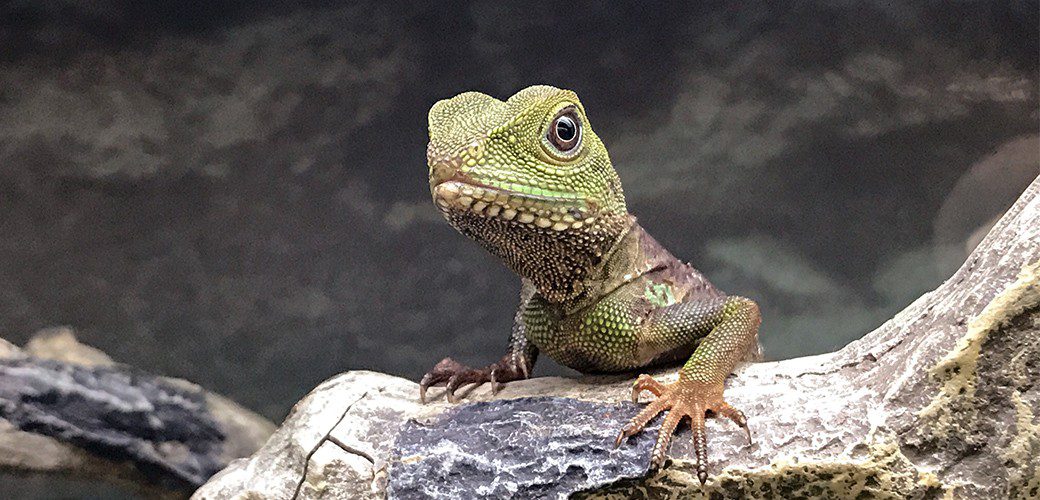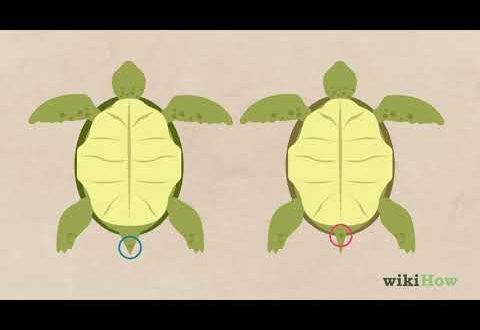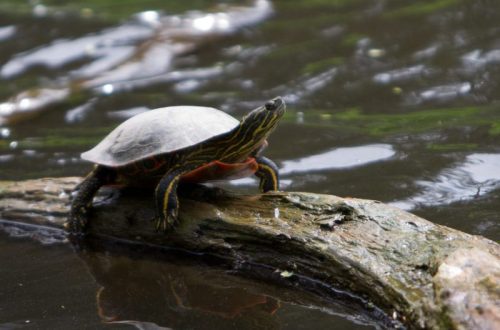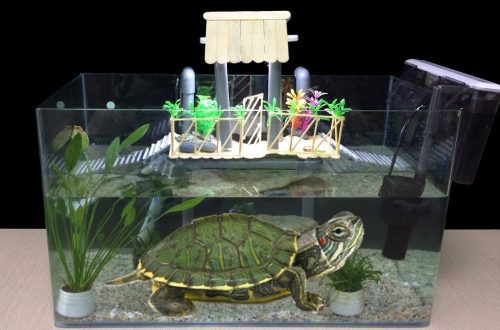
Poison lizards and other reptiles and amphibians
It’s no secret that with the phrase poisonous animal, the first association arises with snakes. Indeed, there are many on the planet (more than four hundred species) poisonous snakes. The snake traditionally inspires fear in many people. Not only the tropics are filled with poisonous snakes, but even in the Moscow region there is a poisonous viper. Everyone has heard more than once about the rattlesnake, cobra, black mamba, taipan, whose poison can lead to the death of a healthy adult. Such snakes are armed with paired poisonous teeth, at the base of which a duct opens from the gland that produces poison. The gland itself is located a little further, behind the eyes. It is noteworthy that the poisonous teeth are mobile and in the calm state of the snake they are in a folded state, and at the time of the attack they rise and pierce the prey.
Not everyone knows that not only snakes are poisonous. Some lizards, a frog and toads got into a dangerous company with them. But for some reason they are not so often mentioned in various literature.
So, what kind of lizards are also not averse to launching poisonous substances into the victim or offender? There are not as many of them as snakes, but it is useful to know about them.
First of all, these are gila teeth living in Mexico, in the south and west of the United States. Two types are poisonous. In nature jade teeth They feed on eggs of birds and turtles, insects, small reptiles, amphibians and mammals. Their coloration is warningly bright: on a dark background, a bright pattern of orange, red or yellowish spots.
Yadozuby have a roller-shaped body with short legs, a thick tail with nutrient reserves and a blunt muzzle. Just like snakes, they have paired poisonous glands, the ducts from which go to the teeth, and not to a pair, but to several at once.
Like many snakes, gila teeth rarely attack humans (it is too large a prey to be eaten). Only as a defense they use their poison against people. Death from such a bite occurs only with individual intolerance and is quite rare. But the bad memories will last forever. This is severe pain and dizziness and nausea, rapid breathing and other signs of poisoning.
The second poisonous representative and part-time giant among lizards – komodo dragon. This is really the largest lizard that exists on Earth today. They live on the island of Komodo and some nearby islands. Females reach a length of three meters, and males, as a rule, do not grow more than two. But the area currently protected by these monitor lizards is truly Jurassic Park. The monitor lizard feeds on almost any prey. A fish will come across – it will eat it, carrion, small rodents – and they will become his dinner. But the monitor lizard also hunts mammals many times larger than the predator in size (ungulates, wild boars, buffaloes). And the hunting tactics are simple: he gets close to large prey and bites her leg. And that’s enough, now it’s time to rest and wait. The poison of these reptiles gets into the wound. They also have venom glands, which, although more primitive than those of their counterparts and snakes, also release toxic substances. True, the poison is released at the base of the teeth and is not carried through the canal of the tooth, but is mixed with saliva. Therefore, he cannot simply inject poison when bitten. The poison is absorbed into the wound gradually after the bite, in addition, preventing the wound from healing. Therefore, they often bite more than once, but inflict several wounds on the victim. After the deed is done, the monitor lizard simply follows the prey and waits for the exhausted animal to fall, and then the monitor lizards have a feast. From time to time there are cases of death and people from the bite of this descendant of dinosaurs.
Many amphibian species are also poisonous. True, they do not bite or hurt, but their venom is secreted by skin glands, and in some species it is extremely dangerous. Many have heard the story that the Indians oiled their arrowheads. frog poison. The most poisonous frogs are poison dart frogs that live in the forests of South America. All of them are brightly colored, warning of their insecurity. The most toxic compounds are secreted from the skin of frogs of the genus Phyllobates. It was from the skin of these frogs that the Indians took grease for deadly arrows.
Close-up, salamander and newt also emit toxic substances. The fire salamander is capable of firing neurotoxic venom from glands on the sides of its head (parotids) several meters away. For humans, it is not fatal and causes only a slight burning sensation. But smaller animals that dare to bite an amphibian run the risk of getting a lethal dose.
Many toads use the same method of shooting venom. Usually, toad venom is not fatal to humans and causes only short-term painful reactions. However, there is a toad, a poison that is also dangerous for humans. It’s a toad, yeah. Of course, there are not so many cases of death, but they do exist. Serious intoxication can be obtained even by touching a toad, since the poison from the parotids (glands located in the parotid region) spreads over the entire skin. And from a large dose of poison, a person can die from cardiac arrest. The poison of the chiriquita toad is also deadly. It is doubly dangerous because there is no antidote for it.
So there are a lot of amazing and dangerous animals among representatives of reptiles and amphibians. A person has learned to use the poison of many representatives for his own good, for medicinal purposes.
If you suddenly decide to have a poisonous reptile at home, then you should think a hundred times whether this is a momentary whim and a desire to tickle your nerves, since such a decision can end in failure. And perhaps it is not worth putting your life, and even more so the life of other family members, in danger. With poisonous animals all the time you need to be careful and careful in handling.
Snakes often “escape” from terrariums, but what awaits you if the pet is also poisonous? In order to be bitten by a snake, just in case, you need to be prepared in advance and think about actions and ways to help. If you do not have a clear plan, then the danger increases many times over. It is not clear how your body will personally perceive the toxin, who will help you and where to get the “antidote”? So it is better to have the serum at home and instruct all household members where it lies and how to use it.
When cleaning the terrarium, it is better to lock the snake in a separate compartment of the terrarium. Carefully monitor the doors, install reliable locks on them.
When keeping a gila-tooth, a strong terrarium is needed, since the pet is strong enough. The gila-tooth should be picked up only if it is absolutely necessary and subject to the correct fixation of the animal (take it from the back, fixing it under the head). If the animal is aggressive, then fix it with a hook (like a snake). Even a slight bite leads to severe pain, swelling, and heavy bleeding. There may be a rapid heartbeat and breathing, dizziness. And with a strong bite, cardiac arrest can occur.
Accuracy is also necessary when keeping poisonous amphibians. They should be taken with gloves. If your pet shoot poison, then do not forget to protect the eyes with goggles. Inexperienced people should not start such amphibians taken from nature. In similar representatives, bred at home, the poison is weaker and it is safer to keep them.





